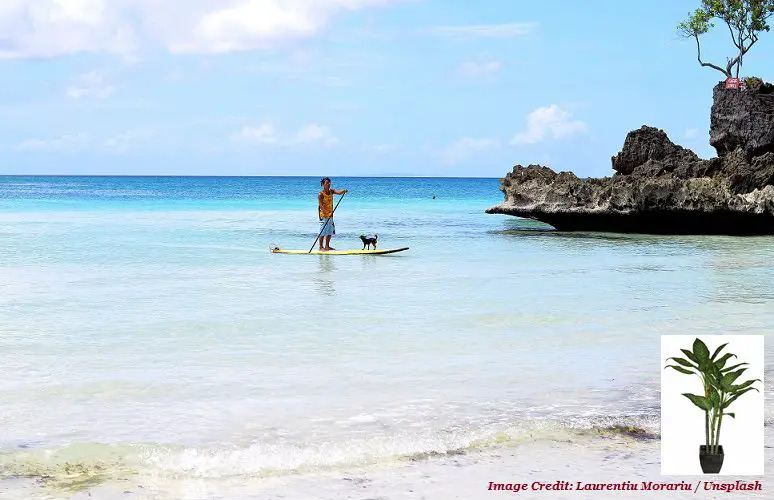Trekking to the Philippines can be your best place to explore after the COVID-19 pandemic. It is because the beaches and resorts these days are, most probably, clean. And when beaches and resorts are open after COVID-19, local tourists and you yourselves may have a chance to enjoy the waters.
You may ask if traveling to the Philippines is safe. The answer is yes. As long as you know the safety protocols, you are in good hands. You just need a tour guide to help you travel to those exciting places in the country.
-
- White Beach in Boracay
- Chocolate Hills in Bohol
- Puerto Princesa Underground River in Palawan
- Cloud 9 in Siargao
- Beaches and Diving Spots in Cebu
- Banaue Rice Terraces in Ifugao
- Rizal Park in Manila
- Kayangan Lake in Coron, Palawan
- And many others…
Firstly, you need to research the Philippines and check out the best spots in the country. Secondly, you need to plan. Thirdly, have a map with you throughout the adventure. Perhaps, you may contact a local tour guide with the help of the Tourism Department to give you an intriguing adventure. Lastly, know your every move – wherever you go – to refer to your schedules and list of plans.
Traveling to the Philippines is a smart idea. Considering the prices of food products and clothes, as well as pieces of jewelry, travelers can find their best souvenirs and jewels in the country.
The good thing about traveling to the Philippines is to learn the culture, people, and tradition. You can get acquainted with the sites and people. However, you may have heard that it is not safe to travel to the country, especially women. I tell you this. It is not true. Perhaps, you may imagine to spend yourself alone and unwind without the hassle.
When you decide on traveling solo, you need to take a few precautions. You must be aware of the present situations and know the difference between scams and truths. Of course, there are bad people around the world, and you cannot ignore them. And now, if you like an adventure, you just need to ask for some guidelines and get some vaccinations from your country.
If you need to have one because you are in the United States, get an up to date details on routine vaccinations. The CDC provides guidelines and instructions to all travelers heading to the Philippines. For example, the CDC instructs you to get hepatitis A and typhoid vaccines.
Moreover, the CDC will give you another vaccine if you plan to stay in the country for a longer period. If you plan to stay longer though, you need to be safe – including the consumption of water. The tap water in the Philippines is, to be honest, not safe. It may ruin your exciting adventure. Therefore, you need to buy gallons of mineral and safe drinking water.
What’s more, you may encounter scammers nearby. Do not engage in a conversation when someone offers you to have an extra tour of something and somewhere. Some scammers will introduce themselves as part of the hotel staff where they are working. Please do not allow that conversation to prolong. Just mention that you have no idea while finding your way out of the scene. You need to make sure that you are safe from pickpockets and any other “bad” people.
The laws are friendly in the Philippines. However, somewhere along the way you need further assistance due to untoward incidents. Here are the numbers to contact:
-
- 911 for the National Emergency Hotline
- 117 for the Philippine National Police Hotline
- (632) 301-2000 for the U.S. Embassy in Manila
At this point, pack your things now. Have your plans, get your cameras and drones, and let the plane take off. See you in the Philippines.

